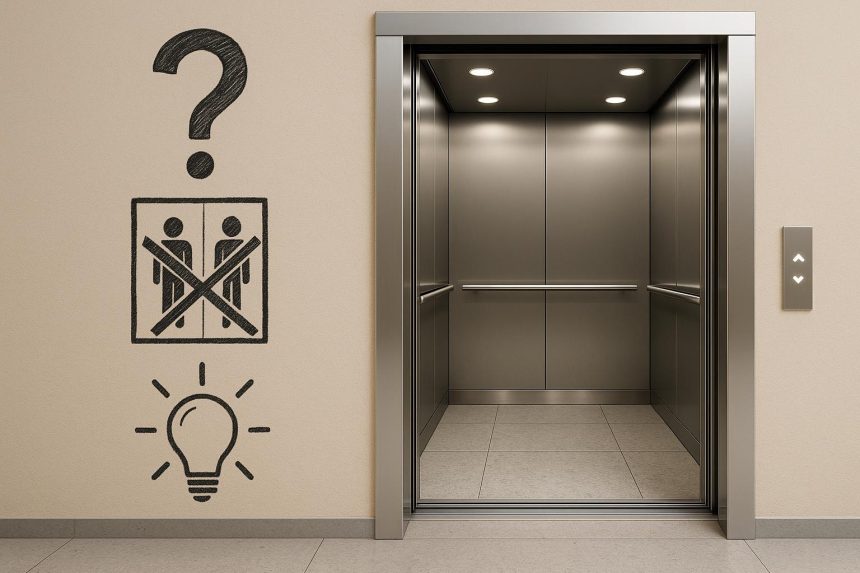Commercial elevators are often taken for granted in workplaces, shopping centres, and high-rise buildings. They are part of the everyday experience for employees, visitors, and customers—yet many misconceptions persist about how they work, what they require, and whether they’re truly reliable. These misunderstandings can lead to poor decisions around installation, maintenance, or upgrades. In this article, we’ll break down some of the most common myths and provide clarity on the realities of modern commercial elevator services.
Misconception 1: Commercial elevators are unsafe
It’s easy to assume that elevators are inherently risky because they carry people vertically through multiple floors. However, the reality is that elevators are among the safest modes of transport in a building. Strict regulations, safety standards, and regular maintenance ensure that the risk of malfunction is extremely low. Modern elevator systems are equipped with safety features such as emergency brakes, backup power, and real-time monitoring to protect users at all times.
Misconception 2: Elevators only suit high-rise buildings
Another widespread belief is that elevators are only practical for tall commercial buildings. In truth, low-rise offices, medical centres, hotels, and even warehouses are increasingly using elevators to improve accessibility and efficiency. With compact designs and energy-efficient models, elevators can be installed in a wide variety of settings, making them versatile solutions for businesses of all sizes.
Misconception 3: Maintenance is too costly
Some businesses hesitate to invest in elevators due to fears of ongoing maintenance expenses. While it’s true that elevators require regular servicing, the costs are not as high as many imagine—especially when compared to the long-term benefits. Preventive maintenance not only reduces downtime but also extends the life of the equipment, minimising costly repairs. Working with trusted providers ensures predictable service schedules and budget-friendly maintenance plans.
Misconception 4: Elevators consume too much energy
The idea that elevators are energy guzzlers is outdated. Today’s commercial elevators are designed with sustainability in mind. Many feature energy-efficient motors, LED lighting, regenerative drives, and standby modes that significantly cut energy use. Far from being wasteful, modern elevators often contribute to a building’s overall energy efficiency strategy.
Misconception 5: Retrofitting is impossible in older buildings
Some building owners believe that adding an elevator to an older property is impractical or too disruptive. However, advances in design and installation methods mean that retrofitting is more achievable than ever. With customisable options, compact shafts, and innovative technologies, elevators can often be integrated into existing buildings with minimal structural changes.
Final thoughts
Commercial elevators play a vital role in accessibility, safety, and efficiency for modern businesses. By clearing up these common misconceptions, organisations can make informed decisions about installation, upgrades, and servicing. Whether you’re considering a new system or simply looking to maintain your current one, partnering with experienced professionals ensures your elevators remain safe, efficient, and reliable.
Lynn Martelli is an editor at Readability. She received her MFA in Creative Writing from Antioch University and has worked as an editor for over 10 years. Lynn has edited a wide variety of books, including fiction, non-fiction, memoirs, and more. In her free time, Lynn enjoys reading, writing, and spending time with her family and friends.















